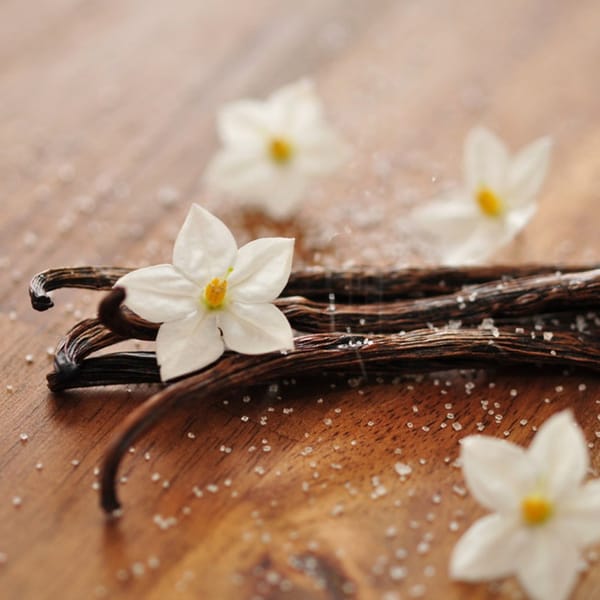Women of the Arts: Hilma af Klint
Early Years
Hilma af Klint (1862-1944) found her artistic muse at a very young age. Born into a prominent Swedish aristocratic family, she spent her summers at the Adelsö island manor on Lake Mälaren, where she developed a profound connection to nature and the elements that would later inspire her art. Her family lived at Karlberg Palace in Stockholm, where her father, Captain Victor av Klint, was based. Her primitive interest in mathematics and botany can be attributed to her father’s naval and mathematical background, with her ancestors renowned for creating “The Sea Maps of Sweden.” At the palace, Hilma studied science, mathematics, and art. At the palace, Hilma studied science, mathematics, and art, among other subjects.

Hilma af Klint displayed early talent in visual arts and received education in portraiture and landscape painting at the Tekniska Skolan in Stockholm. She was admitted to the Royal Academy of Fine Arts at the age of twenty, graduating with honours. As a result, she was awarded a scholarship in the form of an art studio enabling her to become financially independent by painting landscapes and portraits.
De Fem – The Five
In 1896, af Klint started meeting with four other women regularly who were fellow artists interested in spiritualism. They called themselves “De Fem” (The Five) and made contact with “high masters” from another dimension. Together they would pray and hold séances in an attempt to communicate with these spirits. This period marked a pivotal shift in af Klint’s artistic style as she ventured into psychography, a type of automatic writing, where she allowed her hand to guide the pen without conscious control.

Hilma af Klint’s fascination with spiritual and philosophical concepts was not new, as she became heavily immersed in the Theosophy by Madame Blavatsky and the philosophy of Christian Rosencreutz during the late 19th and early 20th centuries, prior to forming “The Five”. In 1908, she encountered Rudolf Steiner, founder of the Anthroposophical Society, whose ideas left a lasting impact on her work.
Paintings for the Temple
Between 1906 and 1915, af Klint created her “Paintings for the Temple,” a series of 193 paintings. The term “temple” symbolized spiritual evolution rather than a physical structure. Her “Ten Largest” canvases, begun in 1907 and completed in just 40 days, depicted the four stages of mankind: childhood, youth, maturity, and old age. Much like her other works, these canvases had somewhat of a fresh and modern aesthetic look to them. Through the use of symbols, symmetrical dualities, complimentary colours and shapes, she was able to convey a message beyond art itself. The colours in her works held a symbolic significance, with blue representing the female spirit, yellow symbolising the male, and red signifying physical or spiritual love.

From 1908 until 1912 she ceased working temporarily and studied esoteric Christianity and Steiner’s literature on Rosicrucianism. She resumed her work in 1912, at which point Christian symbols had become more pronounced and she found that her hand was no longer being guided by an otherworldly force as it had once been. She continued to be in contact with the high masters, however, but more of her own interpretations found their way into her paintings.
Rudolf Steiner
As mentioned previously, in 1908, Hilma af Klint met Rudolf Steiner for the first time. In one of her few remaining letters, she invited Steiner to Stockholm to see her finished Paintings for the Temple series. Steiner saw the paintings but wasn’t impressed, deeming her approach unsuitable for theosophy. He also expressed scepticism about mediumship. During their meeting, Steiner predicted that it would take 50 years for people to fully understand her work. Af Klint was devastated by his response and stopped painting for four years.
Later in her life, af Klint destroyed her correspondence and left her nephew, Erik af Klint, a collection of over 1200 paintings and 125 diaries, including two watercolours predicting World War II events. Contrary to popular belief, recent evidence suggests that af Klint did attempt to exhibit her abstract works during her lifetime.

In the early 1920s, she met Peggy Kloppers-Moltzer, a eurythmist and Anthroposophical Society member, in Dornach, Switzerland. They discussed a potential exhibition in Amsterdam with the editors of Wendingen magazine. Although the Amsterdam plans fell through, an exhibition of af Klint’s abstract works took place in London in 1928 at the World Conference on Spiritual Science. Af Klint initially wasn’t included but was added at Kloppers’ insistence.
Hilma af Klint passed away in 1944 at the age of 81 in Djursholm, Sweden, after a traffic accident. She had exhibited her work only sparingly, mostly at spiritual conferences and gatherings. She is buried at Galärvarvskyrkogården in Stockholm.
Legacy
In her will, Hilma af Klint specified that her work should be kept secret for at least 20 years after her death. Her legacy remained concealed as per her wish until 1970 when her nephew donated her works to a foundation in her name. In the 1980s, art historian Åke Fant introduced her art to a global audience, and today she is esteemed as one of the world’s most influential artists, with her works displayed in prestigious museums worldwide.

In the autumn of 2018, the Guggenheim Museum in New York held the exhibition “Hilma af Klint: Paintings for the Future,” becoming the institution’s most attended exhibition in history. Hilma af Klint’s unique ability to express herself in an articulate yet abstract manner and her art’s enduring impact on her successors continue to captivate contemporary audiences. Her paintings invite viewers to delve into their depth and meaning, leaving a lasting impression. “I am a vessel through which the universe expresses itself,” Hilma af Klint once said, expressing her profound connection with the spiritual realms of which her works explored.



